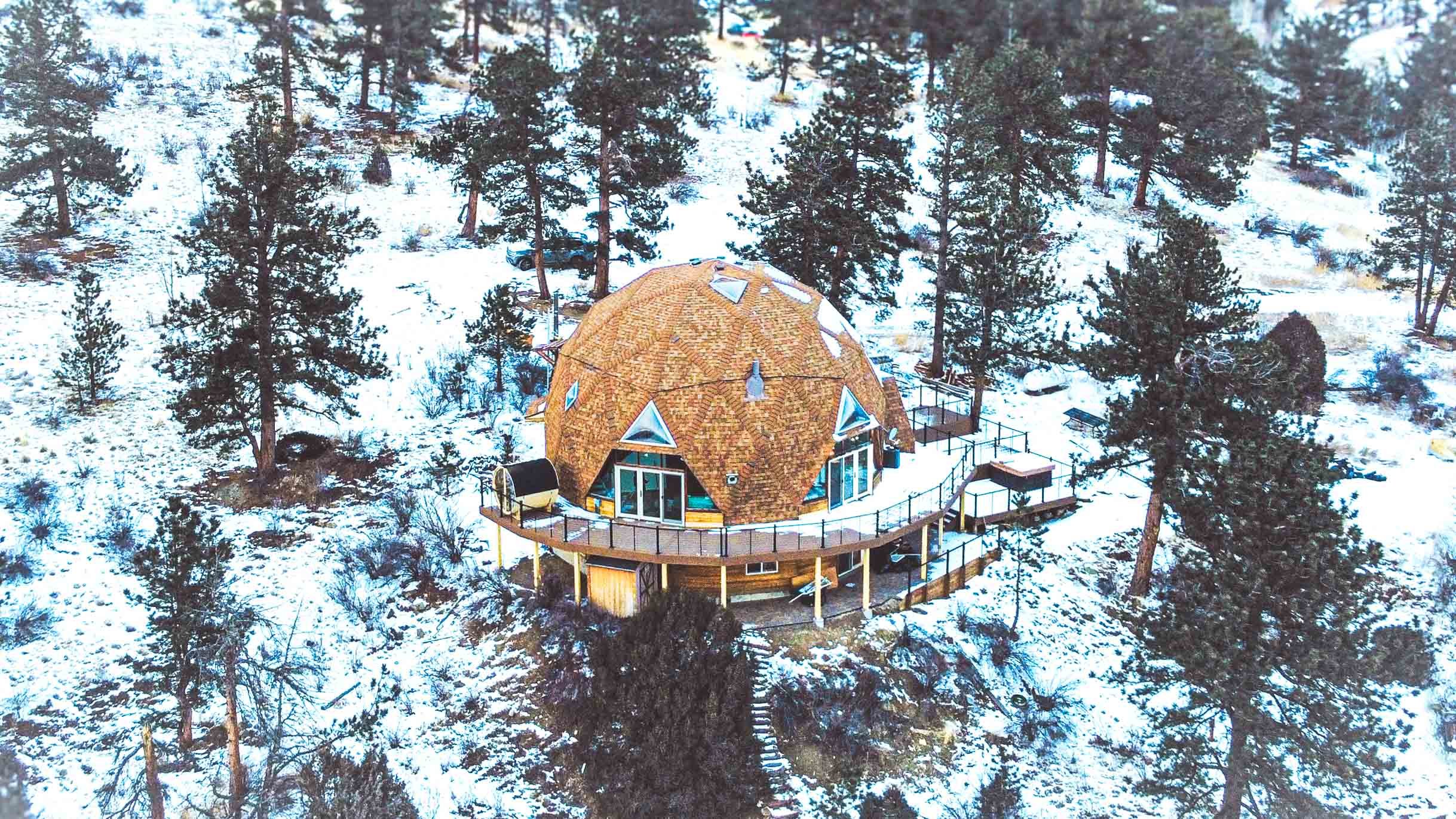
What is a Geodesic Structure?
Geodesic structures represent a fascinating intersection of history and design, embodying a vision of innovation and efficiency. The concept of geodesic domes was popularized by renowned architect and inventor, R. Buckminster Fuller, in the mid-20th century. Inspired by the geometric principles found in nature, particularly the structure of molecules and the shape of soap bubbles, Fuller sought to create a building system that maximized strength and efficiency while minimizing materials and costs.
The defining feature of geodesic structures is their spherical or hemispherical shape, formed by a network of interconnected triangles. This geometric configuration distributes structural stress evenly throughout the framework, resulting in a remarkably strong and stable form. Additionally, the dome shape allows for efficient use of interior space, with minimal materials required to enclose large volumes.
Geodesic domes have found applications in various fields, including architecture, aerospace, and environmental conservation. They have been used as housing units, greenhouses, exhibition spaces, and even as shelters in extreme environments. Their versatility, durability, and sustainability make them a compelling solution for addressing contemporary challenges such as housing shortages, climate change, and resource conservation.
Beyond their practical benefits, geodesic structures have also captured the imagination of designers and artists for their aesthetic appeal and mathematical elegance. Their sleek, futuristic appearance and geometric complexity evoke a sense of wonder and curiosity, challenging traditional notions of architectural form and function.
Geodesic structures represent a harmonious marriage of history, science, and design. Rooted in principles of efficiency and inspired by the natural world, they stand as testaments to human ingenuity and the limitless potential of creative exploration.

